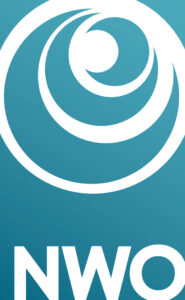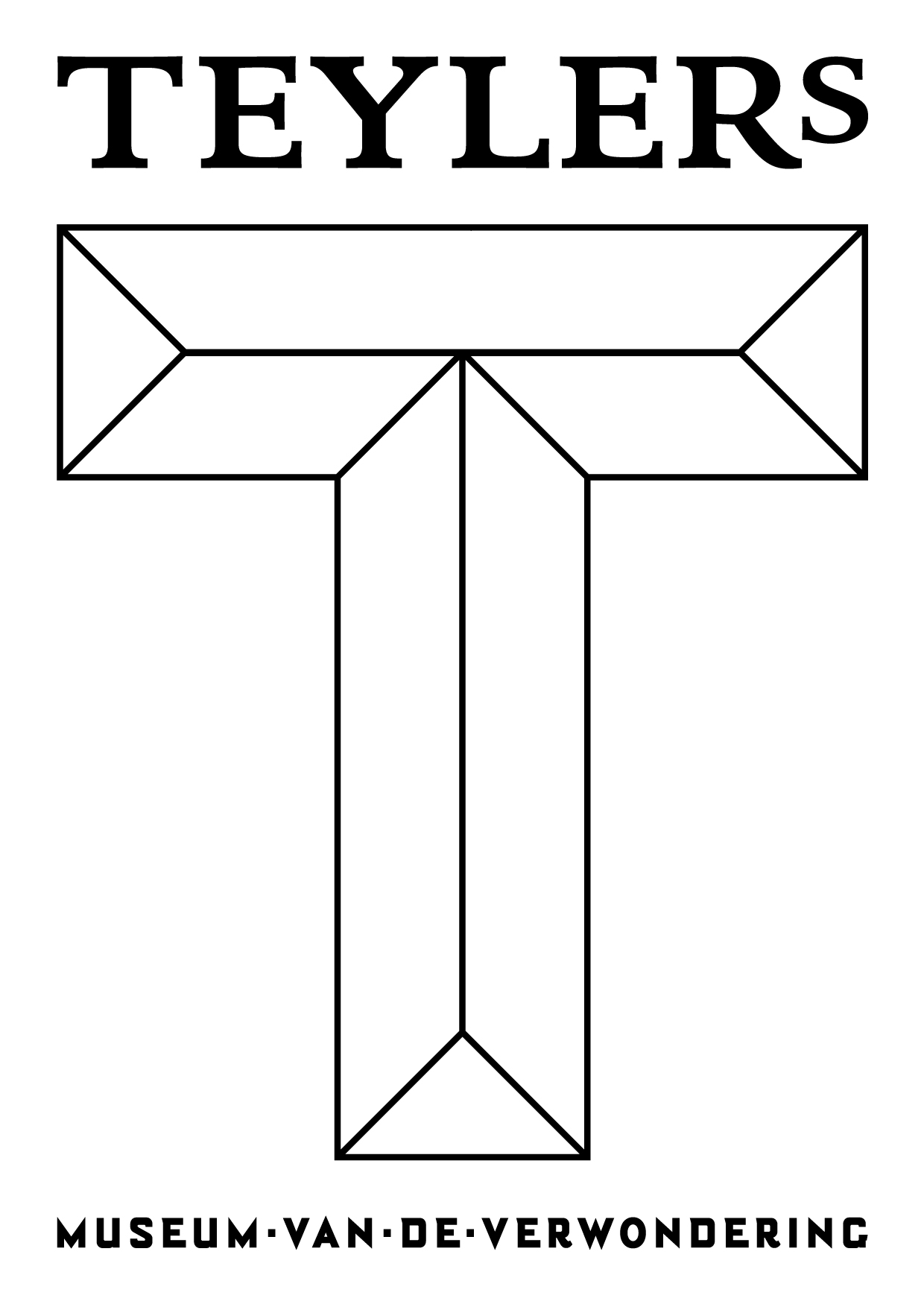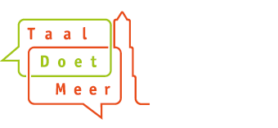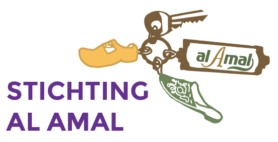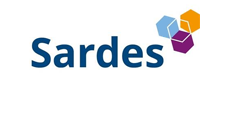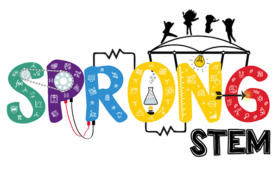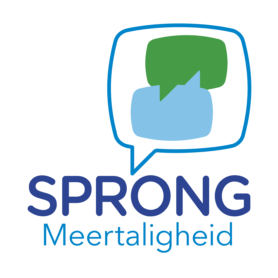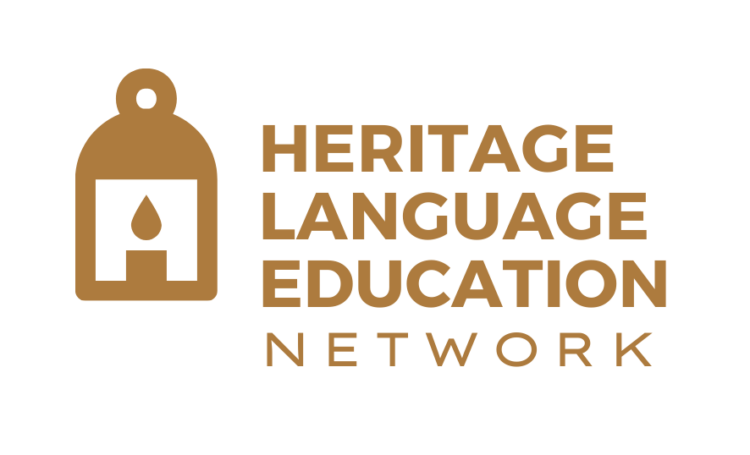How home languages made math click
You learn Dutch by using Dutch, or so I was always told. But is this really true? With newcomers, I experienced that the use of the home language can actually increase their understanding of Dutch. When I starting looking into this concept, I discovered that researchers had already given it a name: translanguaging.

We’ve been at it for at least fifteen minutes, Adam (10) and I. This explanation of odd and even numbers really shouldn’t have taken more than five minutes, yet I just can’t seem to get through to him. I’ve tried it in so many ways. I’ve used different materials, made drawings, explained it again and again using a variety of words. He’s frustrated – this lesson is too difficult! I’m frustrated too – he should get this!
In a final, desperate attempt to help Adam understand the lesson, I reach for the translation app. I just type in two words, which immediately appear on the screen in his home language, Persian. Adam reads them and gets it! Finally he’s been able to connect knowledge that he already has with what I’ve been trying to teach him. “Easy!” he says and Adam finishes the assignment in no time.
This is when it dawns on me. I need to do this differently! If a little bit of support in his home language can help Adam understand the lesson in Dutch, then why don’t I do that more often? What’s keeping me, as a teacher, from using all of my students languages (and therefore all of their knowledge)? How can I, without necessarily knowing my students languages, still use them to support my students?
My name is Hanneke Baart, a teacher of newcomer students and a PhD researcher with the Multi-STEM project. For the past four years, I’ve been teaching 8-12 year old newcomers in the Gelderse Vallei Dutch during their first year in the Netherlands. When I’m not teaching, I’m researching how newcomers can use digital tools to access the home language when learning mathematics. So that Adam, and all newcomer children, can really show what they know. Using all of their languages.
Hanneke Baart | PhD researcher, Translanguaging & Digital Tools
Currently, this blog is only available in English and Dutch. To read it in another language we recommend using the translation tool DeepL.com.

